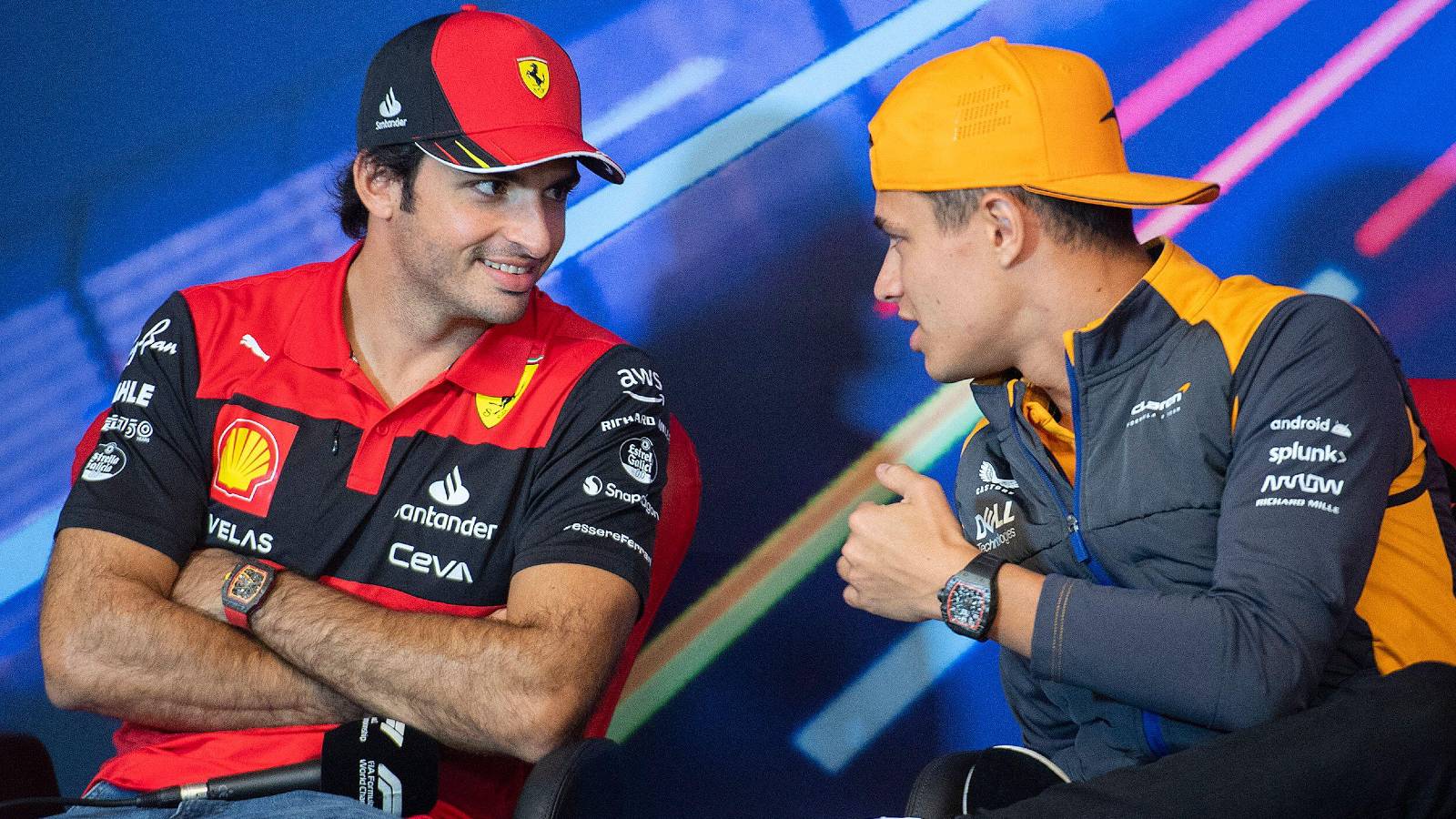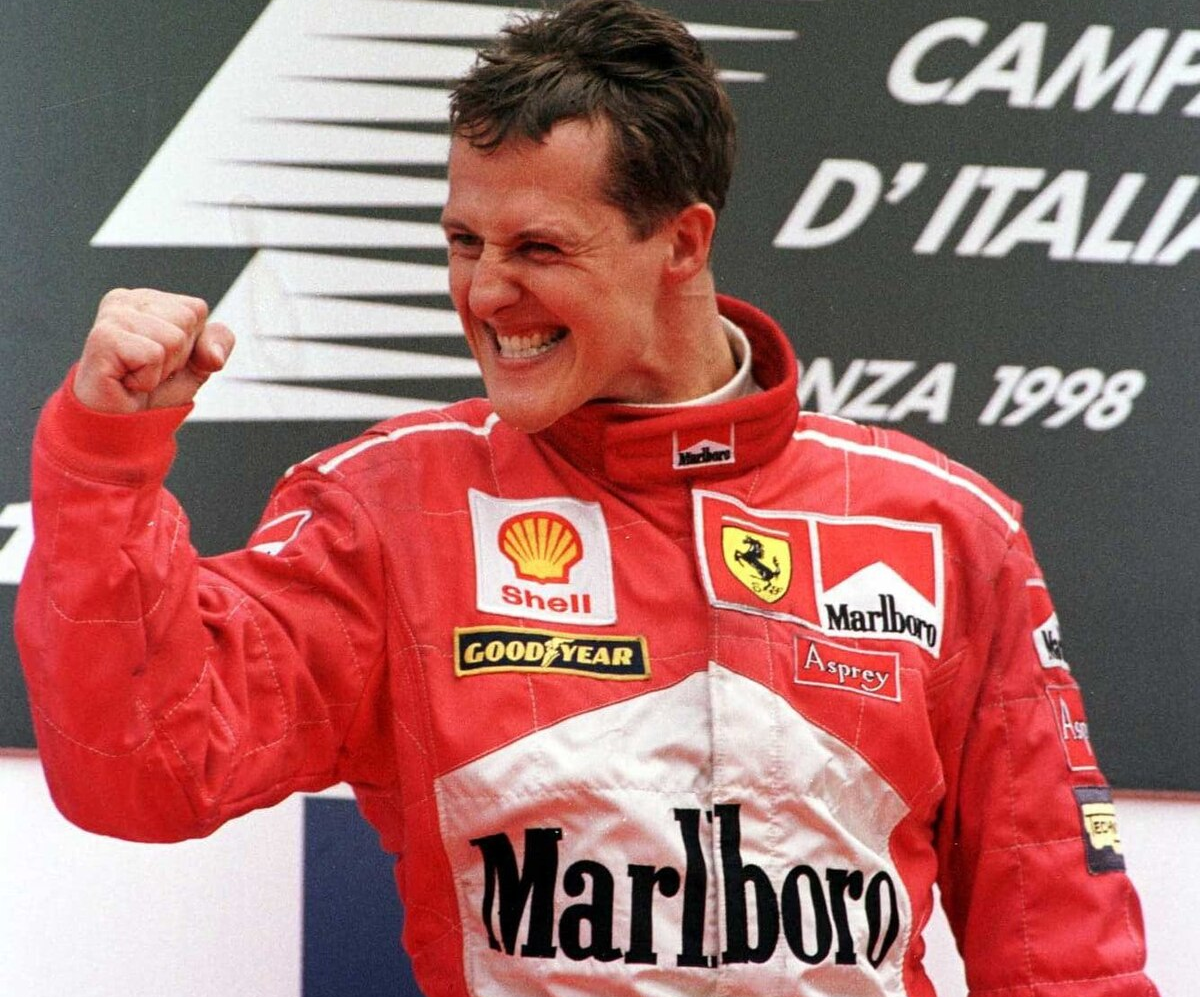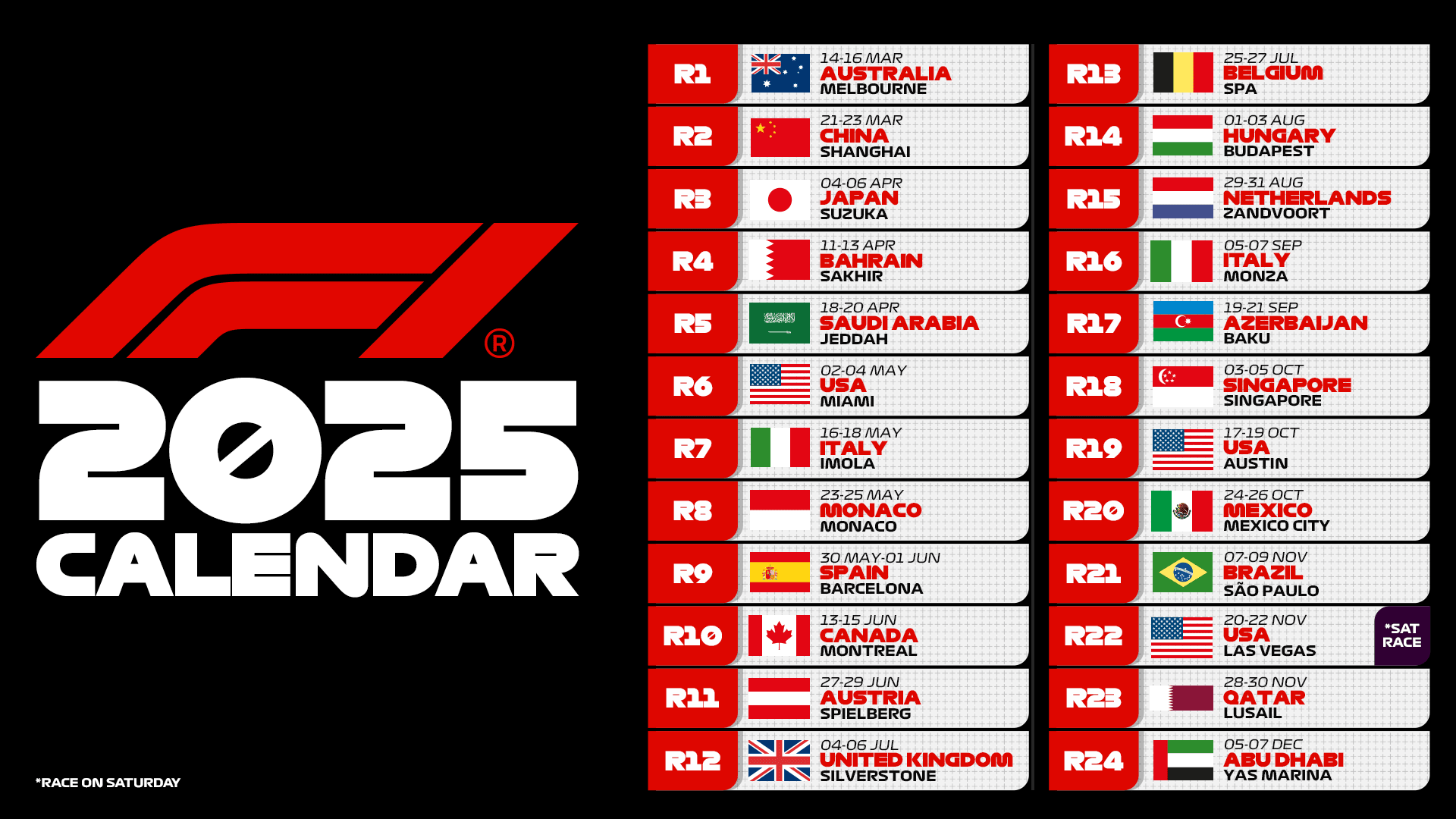
Lando Norris was one of the drivers that has expressed harsh criticism after the 2022 Formula 1 championship, which was won by Red Bull’s Max Verstappen. His observations do not derive from the McLaren car that he had to drive and tame, but rather from how the cars were conceived based on the new rules and technical regulation introduced last season. The ground effect cars did not please the British driver who highlighted the differences which he feels made the previous generation of F1 cars more stimulating.
The McLaren car that took to the track in the 2022 pre-season testing session and in the first phase of the world championship was a very difficult car. Problems with the brakes affected its dynamic behavior, making it unmanageable at times. Long work sessions were necessary to overcome the critical moment. Clearly this scenario conditioned Lando Norris’ judgment which, despite the improvements made by the Woking team during the in-season development stage, did not change his overall judgment.
“The new generation of cars are a different challenge. I wouldn’t say they are as pleasant as the cars of previous years, you can play much less with the curbs and trajectories. Also with regard to the set-up, you are a little more limited. I have to say I hate driving them.”
A clear and hars judgment expressed by the 23-year-old British driver who argues his reasons as following: “In previous years there was always much more to regulate and try and we always ended up having different weekends with different solutions. In 2022 this was not the case, we play less with the set-up of the car“.
These dynamics not destined to improve in 2023: “The situation will only get worse, because the more downforce you have on the car, the worse it is. I expect that the more the cars change and improve, the more downforce you have and the more difficult it will be to follow those in front of you on the track. I think that’s how it will go, unless the FIA introduces further changes.” – he pointed out.
Show your support for Scuderia Ferrari with official merchandise collection! Click here to enter the F1 online Store and shop securely! And also get your F1 tickets for every race with VIP hospitality and unparalleled insider access. Click here for the best offers to support Charles and Carlos from the track!
The cars created based on the new regulations have presented some problems. Carlos Sainz, for example, took a long time to figure out how to get the most out of the F1-75 challenger. It was necessary for the Ferrari man to review his driving style in order to be able to significantly lower the lap time. Max Verstappen himself encountered difficulties before the RB18 was subjected to a busy development program that started from a rather strict slimming process.
Show your support for Scuderia Ferrari with official merchandise collection! Click here to enter the F1 online Store and shop securely! And also get your F1 tickets for every race with VIP hospitality and unparalleled insider access. Click here for the best offers to support Charles and Lewis from the track!
Beyond the fact that the first Red Bull car was designed above the minimum mass limits imposed by the FIA, the weight of F1 cars is constantly increasing. A dynamic disliked by the drivers because it makes the cars less controllable when they go off the ideal line. This is what Lando Norris was alluding to when he spoke of being able to play less with corners and lines of the race tracks.
For the new direction that Formula 1 wants to impose from 2026, this aspect, combined with that of the general size of the car which is also growing non-stop, will try to overcome the obstacle. But until then the sport will have to live with what it has trying to improve some aspects.
Among these there is certainly the one that leads back to the Pirelli tires. The 18″ rims impose lower heights and greater structural rigidity of the tyres. Things that have radically changed the handling of single-seaters. In the first year in which this context was operational, Pirelli offered a product that showed a certain tendency to understeer given that the rear axle tended to generate more energy than the front axle.
Pirelli Head of F1 track operations Mario Isola has confirmed on several occasions that this feature so unliked by the drivers will be corrected in 2023, which could change the mind of Lando Norris who appeared extremely intolerant with the new generation of cars. But what could cause the McLaren driver to at least partially change his mind is the rule modifications that the Federation has arranged for the season which will start in less than two months. We are talking about the 15mm height rise which is also combined with the 10mm rise of the diffuser.
But not only that, the FIA has decided to tighten the flexibility of the floor. During the verification, in front of the rear wheels, a vertical load of 250 N will be applied downwards and the pavement will not be able to flex more than 5 mm compared to the 8 mm allowed in 2022. If the same force is applied upwards, the deformation it may be 5 mm compared to the 12 of the last year.
This state of affairs could limit the Venturi effect. Which would give more weight to the upper aerodynamics. The result? Staying in the wake would become more complex than it already is today (on this front the rules have not made too much difference compared to 2021, ed). The balance, therefore, is very precarious and, with an adjustment on the tire side, could act as a counterbalance to the negative effect of the technical standards resulting from the debate relating to Technical Directive 039. The fact is, in principle, that Formula One did not quite hit the target with a revolution that widened the performance gap between the teams and produced cars that were less fun to drive. Was it necessary to do it?












.png)

Leave a Reply